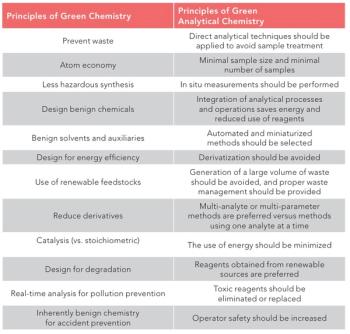
Torion Technologies Inc. Partners with Smiths Detection
Torion Technologies Inc. (American Fork, Utah), a manufacturer of automated miniaturized, hand-portable GC and toroidal ion trap mass spectrometry (TMS) technology, has announced a partnership with Smiths Detection (Danbury, Connecticut), part of the global technology business, Smiths Group and a technology developer and manufacturer of sensors that detect and identify explosives, chemical and biological agents, weapons, and contraband.
Torion Technologies Inc. (American Fork, Utah), a manufacturer of automated miniaturized, hand-portable GC and toroidal ion trap mass spectrometry (TMS) technology, has announced a partnership with Smiths Detection (Danbury, Connecticut), part of the global technology business, Smiths Group and a technology developer and manufacturer of sensors that detect and identify explosives, chemical and biological agents, weapons, and contraband.
According to the companies, the alliance enables the joint development of a next-generation, hand-portable GC-TMS system for the security, defense, and civil emergency responder markets. This technology is designed to identify a variety of substances such as chemical warfare agents (CWAs) and simulants, volatile and semivolatile organic compounds (VOCs and SVs), and other hazardous compounds.
Newsletter
Join the global community of analytical scientists who trust LCGC for insights on the latest techniques, trends, and expert solutions in chromatography.




